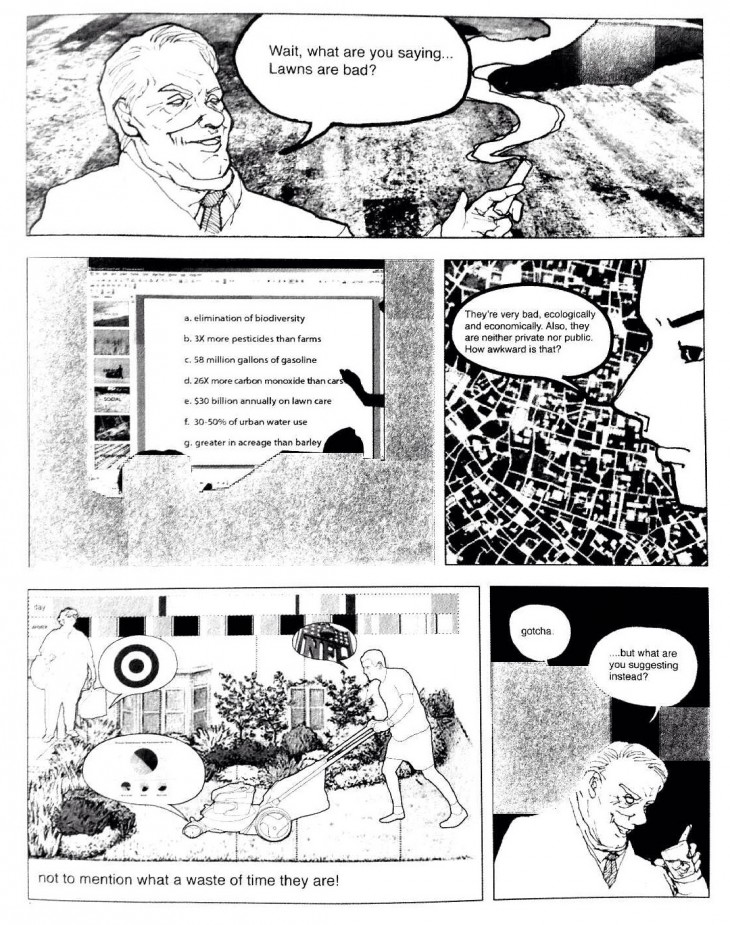For this assignment I will be focusing on the urban development of my hometown of Vancouver, which has long been hailed as a model city for urban planning, regeneration, and integrative design and development despite its young age. The driving force of the transformation of Vancouver’s core and current development must be played down to planning values and public policy interventions. The divergence of various actors over issues of urban structure, land use, social class, and cultural & political values amongst others, has been an established element of Vancouver’s heralded transparent and all-encompassing ‘bottom-up’ approach to planning. With liveability being the focus, Vancouver underwent a phase of rapid residentialisation from the early 1990s within the city core, still occurring today, producing the highest-density metropolitan core in North America. A strategic reordering of space and prevalence to residential and public uses resulted in the re-zoning of many areas freeing up land for housing-approved or mixed-use developments, all towards the goal of bringing a diversity of human activity to the downtown, where residents could live, work, and relax all in a close proximity. The influx of speculative development, especially that from newly-immigrated wealthy Chinese, led to a housing boom and the establishment of the high-density tower-on-podium condominium style exported from Hong Kong. The thin, small floor-plate, towers, adhere to view corridor policies, maintaining sights of the stunning mountainous backdrop, while the podium base they sit on appeals to the human scale, offering spaces for retail and public amenities. New Urbanist ideologies too come into play with the mixed-use downtown streetscapes favouring the movements of pedestrians through the city’s abundant public spaces and the promotion a mix of social classes and employment within the core through a policy for 20% of major developments to be put aside for affordable housing. Working in tandem with politicians, developers, architects, and citizens, Vancouver’s City Council (and ensuing planning department) has for decades been key in promoting the philosophy of a social movement to sustain and promote liveability in the diverse and rapidly growing city. This is where regime theory comes in. Regime theory is a contemporary means of power structuring in many cities today, which offers solutions to the criticisms of traditional ideologies of urban theory. Political power, in regimes, is neither in the hands of the elite as in urban elite theory, or spread amongst all members of society as in pluralist theory, rather emphasis is placed on power through production. The underlying issue is whether or not regimes in a city can foster effective long-running relationships between public and private actors, whilst generating enough community cooperation to sustain a capacity to influence development and on-going revaluation in key policy areas. The central ingredient of regime theory, community and public engagement in decision-making, therefore adds a diverse range of interests to the equation in identifying a dominant policy direction. In Vancouver, this main aspiration in ongoing urban development, although broad, is ‘liveability’ across a range of social classes, interests, and cultures. The formation of public-private urban regimes in Vancouver, with strong community involvement, has resulted in a transparent, diverse, and democratic system, which has strived, and predominantly succeeded in the development of the liveable city seen today. The fundamental regime in the development of Vancouver’s core, one that is responsible for city’s increasingly liveable realm, is the relationship between the city council (including the planning department) and the city’s developers. The creation of the city’s vast public amenities, ie. parks, schools, day cares, community centres, galleries, and so forth, is secured through a unique yet simple trading of density for amenity policy also known as ‘social bonus zoning’, whereby developers fund for public amenities on their site in exchange for approval from the council to build higher and denser. The developers benefit financially and the council achieves its goal of sourcing the resources to pay for the necessary infrastructure to sustain Vancouver’s steady population and employment growth through improvements to the urban environment. The developers, primarily local or otherwise established immigrants, are key actors in the social and economic construction of their own city’s communities and recognize the required council-imposed, never mind citizen-endorsed, policies demanding that their city have the highest standard of public amenities for the proportionally high density of residents. Committees like Vancouver’s Development Permit Board and the Urban Design Panel, are put in place to offer transparent reviewing systems for the government, developers, architects, and citizens. The ability for Vancouver’s planners to integrate the public into participating in the development realm has become a decisive, and now essential component of current decision-making and potential for the system’s sustainability, never mind growth, in the future. While some problems exist, the current successes and future sustainability of the planning regime in Vancouver are irrefutable. With strong policy directions and a range of public and private interests coming together to form an efficient, consistent, and accountable decision-making regime, the city has the capacity to deliver high-quality urban developments while sustaining for growth in the future. The success of such a true public / private partnership is only testament to the triumphs of urban regime theory in its application to the urban development of one of the most, if not the most, liveable city in the 21st century.
